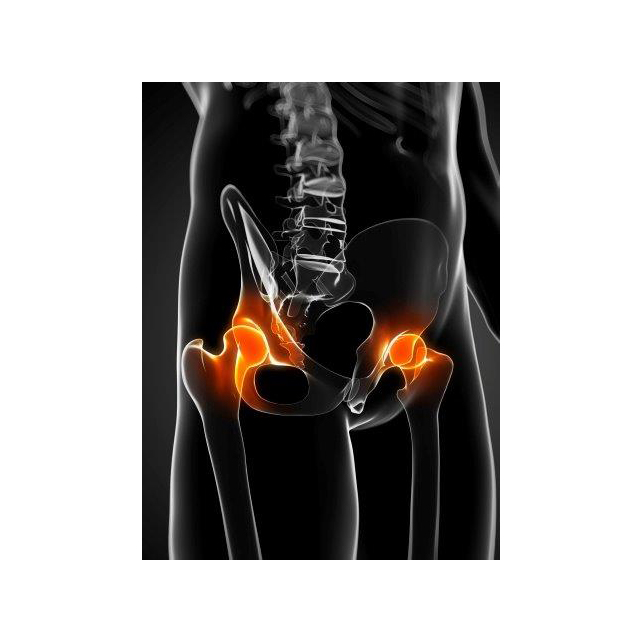
1. Depression, anxiety, and stress in people with and without Plantar heel pain M Cotchett, SE Munteanu, KB Landorf – Foot & Ankle International, 2016 Why I like it: This case-control study builds on a case series by the same lead author, which investigated psychological factors and their association with plantar heel pain. The relationship between…read more






